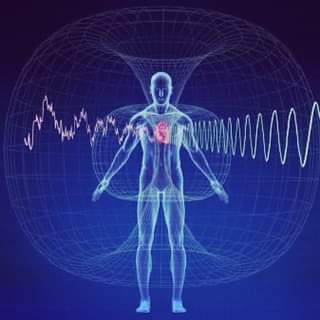
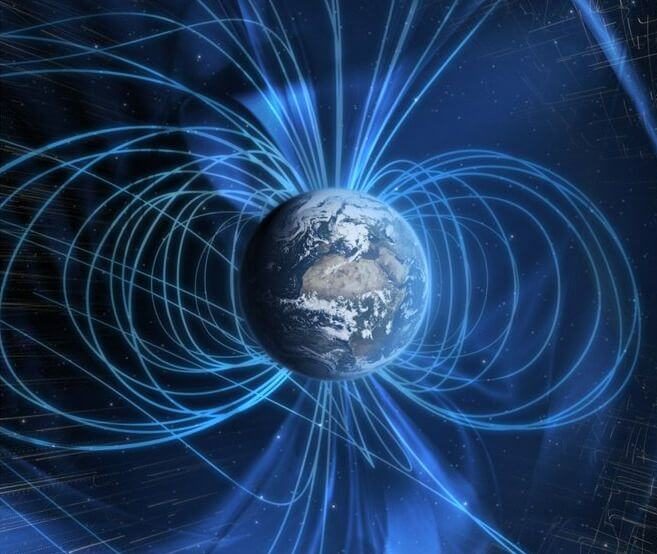



Magnetic fields cause or increase the motion of the electrolytes and ions that are in the tissues and fluids of the human body. This movement stimulates a wide range of chemical, mechanical, and electric actions in the tissues of the body.
Therapeutic magnetic fields are used to create voltages similar to those that are produced naturally within the body at both the cellular and subcellular levels. The electromagnetically induced field delivers a charge to the cells of the body. This induced current can cause nerves to fire, muscles to contract, cell signal pathways to become stimulated (causing cell growth), and numerous other effects. It is because of this most basic level of treatment that magnetic therapies have been shown to have positive effects for a myriad of health conditions.
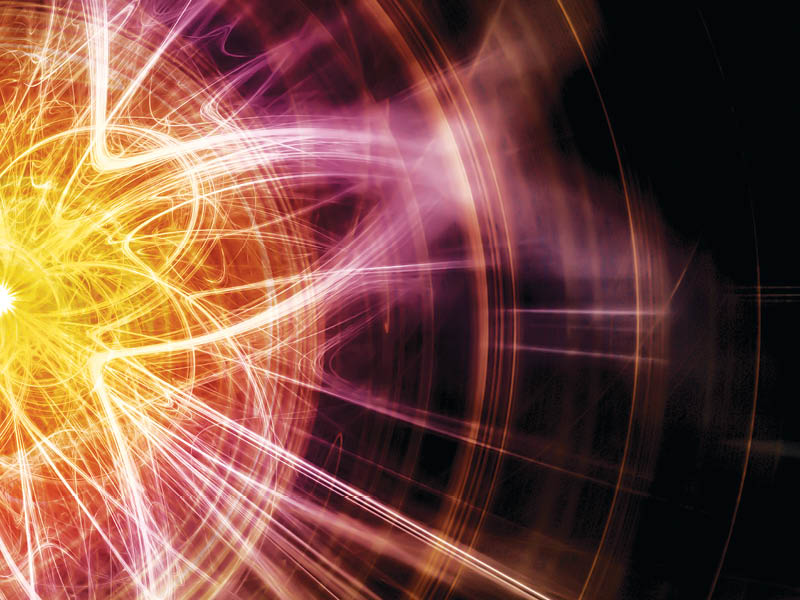
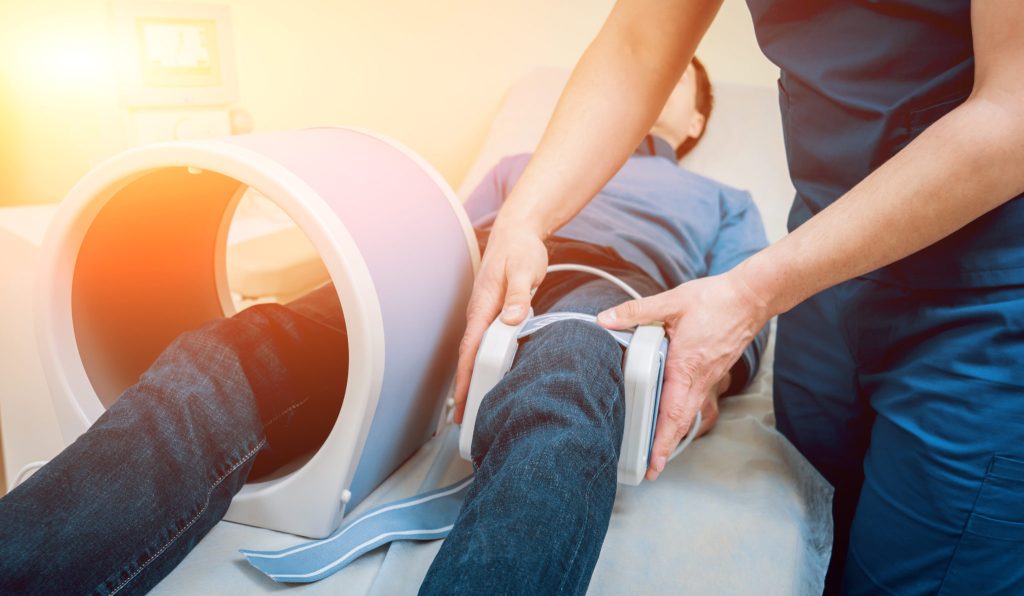
The cell is an amazing structure – with an abundance of complexity and movement. The cell readily multitasks and works busily like the well-oiled machine we know and expect it to be. There are a few basic functions that all cells must accomplish. These functions include ATP production (cellular energy), nutrient absorption, waste removal, and regeneration, as well as the performance of predetermined functions based on the cell’s type and location within the body.
A great deal of this action and communication occurs at the cell membrane, which has switches in direct contact with the nucleus of the cell. Cells usually go through at least 7,000 chemical reactions per second, which is an indication of the complex and ongoing process involved in adaptation.
The cell’s level of complexity goes far beyond the scope of simple biochemistry. By utilizing electromagnetic stimulation, modern measuring techniques have increased the understanding of electromagnetic bio-communication – making the coordination of the living system possible.

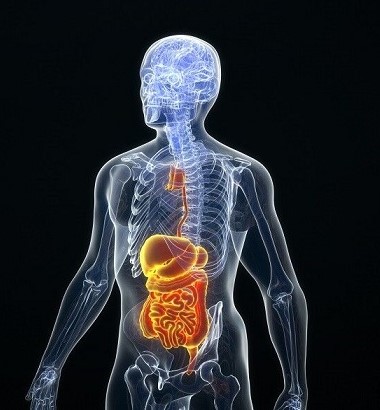
Regeneration and wound healing require a great deal of cellular communication and adaptation to take place.
Whether or not it is a response to injury, the cell generation process is the same – a cell’s contents must be duplicated. DNA is made up of two strands, with each being able to serve as a template for a new strand. DNA synthesis or duplication requires existing proteins to split and then reassemble. RNA messengers assist with the sending of genetic information from the existing cell to the nucleus of the newly formed cell. Electrical energy is required to complete this process.
Because magnetic fields interact with and increase natural electrical charges, PEMF therapy can assist with this transfer of information. The benefits of PEMF therapy are commonly seen with wound healing and often with tissue regeneration.
Frequency
Electromagnetic field frequency is measured in cycles per second (Hertz, abbreviated Hz) and this frequency is tied to wavelength. Most PEMF systems use low frequencies and long wavelengths – from 1 Hz up to 10,000 Hz or so, although a few systems can produce even higher frequencies. Extremely low frequency (ELF) magnetic fields are those that have a frequency at or below 3,000 Hz.
Intensity
Magnetic field intensity (flux density) is the measurement of the strength of a magnetic field. The intensity of a magnetic field is responsible for the amount of charge that’s induced in the stimulated tissues. Every magnetic field has some level of intensity.
When used in therapy, pulsed electromagnetic fields vary drastically in intensity and are measured typically in either gauss (for higher-intensity systems) or microTesla (for lower-intensity systems).
Waveform
A huge assortment of waveforms exists in nature, in the human body, and in PEMF devices. The most common waveforms are sinus, sawtooth, and square, though there are trapezoidal, rectangular, impulse, triangular, and many other different options used in the engineering of PEMF devices.
The major reason waveforms are important is because they either copy (enhance) or counteract (diminish) processes in the body. Waveforms also tend to be bound to intensity – square and trapezoidal waves tend to be used with higher intensities than sinus waves, for example.
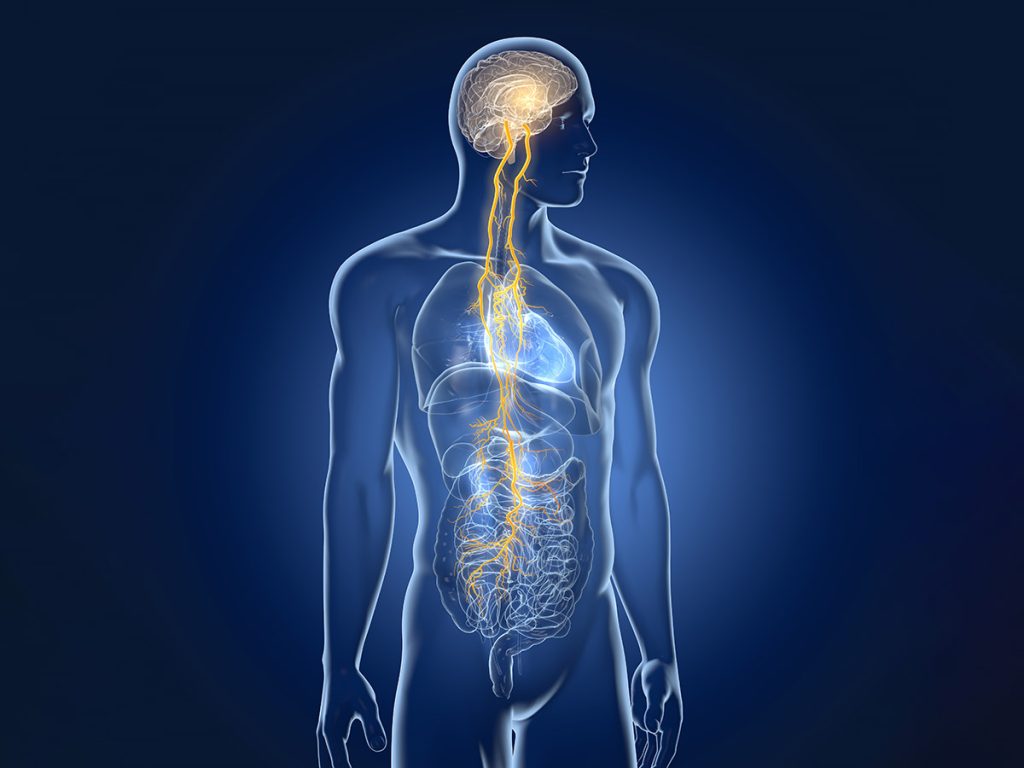
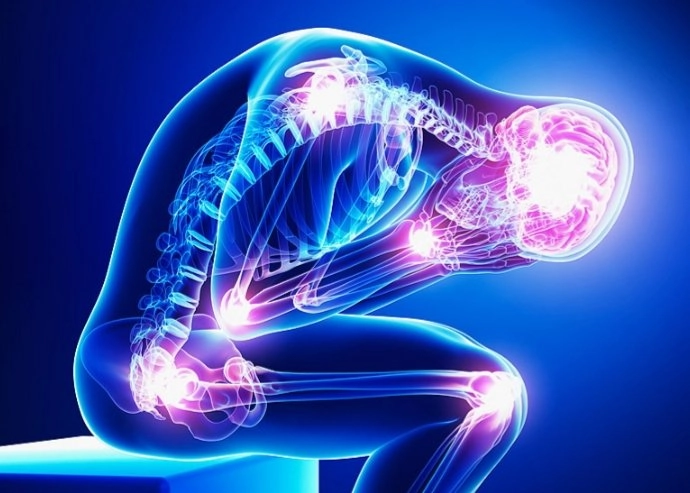
The medical community defines an acute disease as one with a fast onset or short course, and a chronic disease as one that is persistent, long-lasting or comes with time. Conditions are typically not considered chronic until they have been experienced continuously for at least 3 months.
PEMF therapy has shown to be effective in reducing both acute and chronic pain. PEMF therapy relieves pain in a variety of ways, including blocking pain, decreasing inflammation, increasing cellular flexibility, increasing blood and fluids circulation, and increasing tissue oxygenation. While pain mechanisms can be very complex with peripheral and central nervous system aspects, PEMF therapy has been shown to improve pain conditions regardless of their origin.

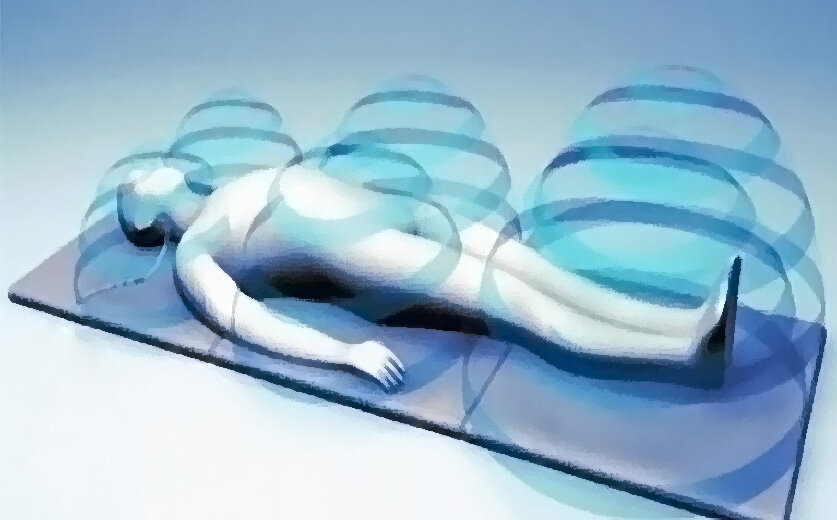
One of the most common questions people ask prior to starting PEMF therapy is about how quickly they will see results. The answer, of course, is dependent on a range of factors. That being said, we can usually help people manage their expectations and provide an estimate as to when they might be able to expect some improvement.
Each body is unique. That means that many people can experience tremendous results within the first week or two of using their system. But for others, results come more slowly, and we can react to that by fine-tuning the treatment process.
Once it is given the appropriate signal or stimulus, the body will need time to heal. A fracture, for example, will take 8 to 12 weeks to heal to the point where the bone can be used again. This does not mean the healing process is finished, it just means that the body part is usable once again.
Magnetic therapies can help speed up the healing rate, but they cannot deliver miracles. Illness is rarely ever an instantaneous happening – the same is true of healing. We did not get to our current health state overnight, and thus we should not expect to heal overnight.

